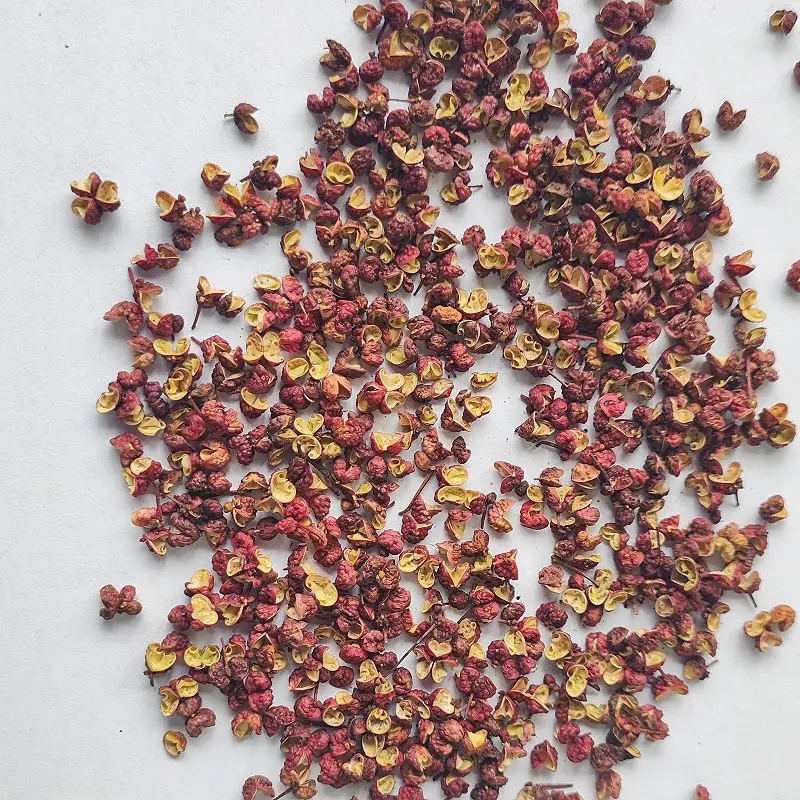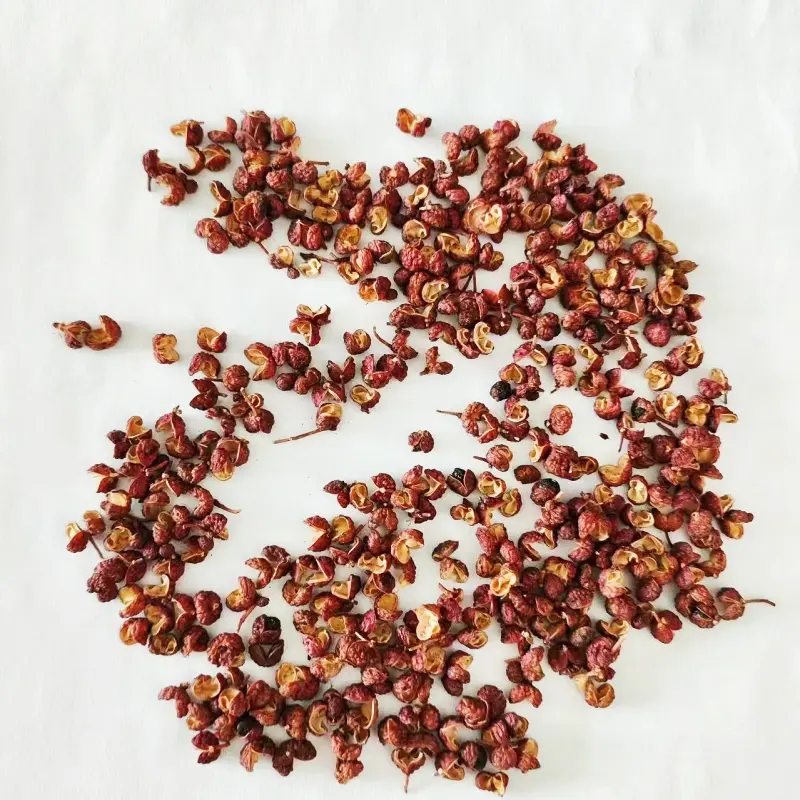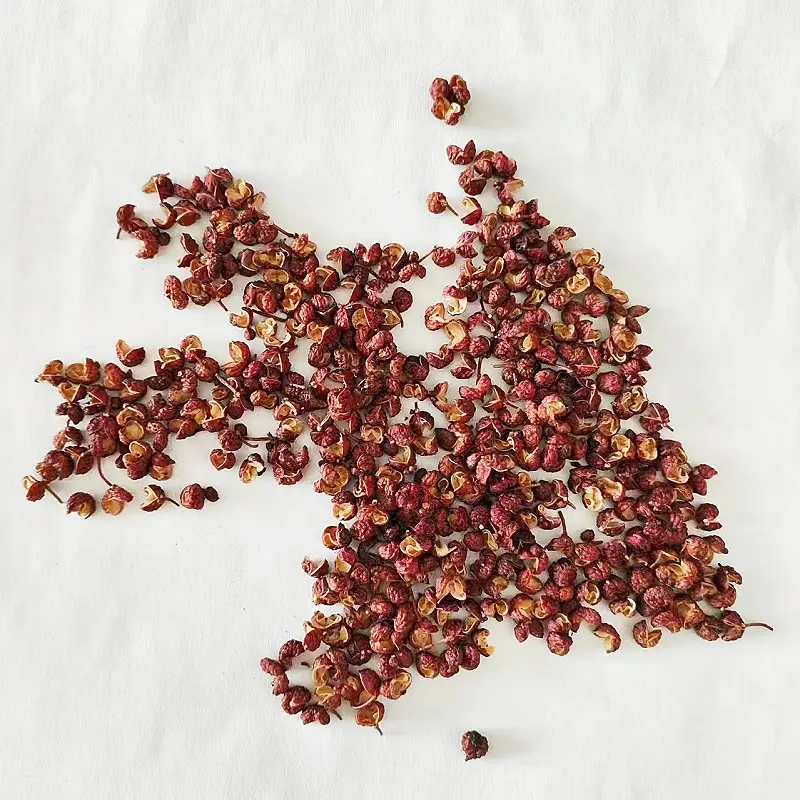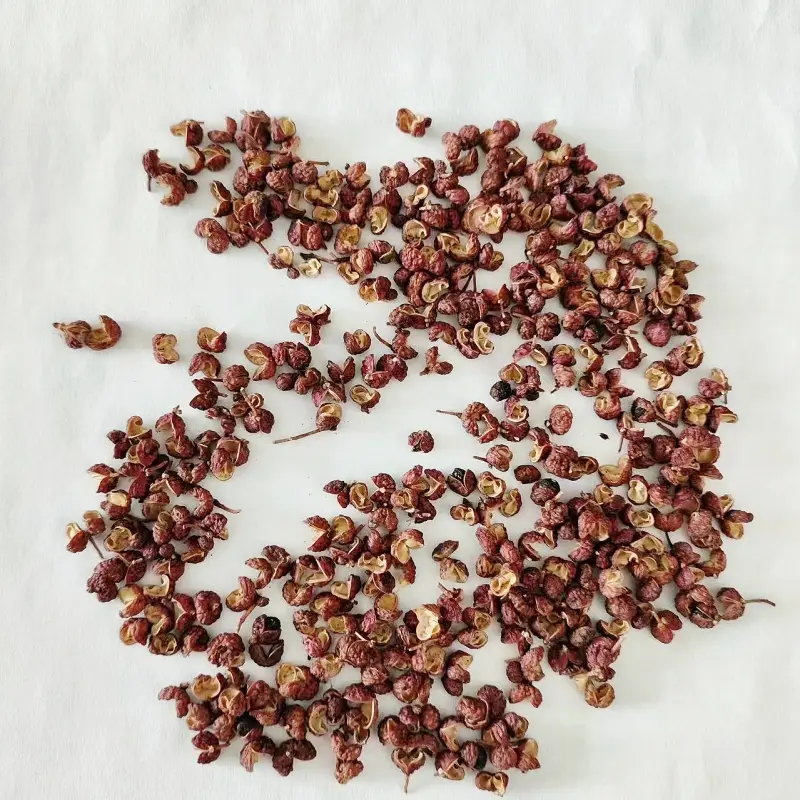Szechuan pepper, a cornerstone of Chinese cuisine, has captivated chefs and food enthusiasts around the globe with its unparalleled sensory experience. Unlike traditional peppers, it isn’t hot but instead delivers an electrifying tingling and numbing sensation on the palate, a phenomenon caused by hydroxy-alpha-sanshool. This unique effect, combined with its citrusy, floral aroma and woody undertones, sets it apart from any other spice in the world.
Its versatility spans diverse culinary applications, from classic dishes like Mapo Tofu and Kung Pao Chicken to innovative fusion creations such as Szechuan pepper-infused desserts and cocktails. Beyond its culinary appeal, Szechuan pepper holds deep cultural significance, serving as a staple in Sichuan’s iconic Mala cuisine and boasting a history rooted in Chinese medicine.
With its growing global popularity, unique sensory impact, and unmatched flavor profile, Szechuan pepper undoubtedly stakes a strong claim as one of the most exciting spices in the culinary world.
The Unique Sensation: Science Behind the Spice
Szechuan pepper, derived from the husks of prickly ash trees (genus Zanthoxylum), is a spice like no other. Despite its name, it isn’t technically a pepper but belongs to the citrus family. What makes it truly remarkable is its ability to induce a tingling, numbing sensation in the mouth, scientifically known as paresthesia. This phenomenon is caused by hydroxy-alpha-sanshool, a compound that directly interacts with sensory neurons, creating a unique buzzing or vibrating sensation.
Unlike the heat from chili peppers, which is caused by capsaicin activating pain receptors, the effect of sanshool is more complex and subtle. It specifically targets touch-sensitive neurons in the tongue and lips, tricking them into perceiving vibration-like signals. The result is a sensation that feels simultaneously numbing, tingling, and electrifying—a sensory experience unmatched by any other spice.
Scientific Insight: A 2013 study published in the journal Proceedings of the Royal Society B delved into the mechanisms behind this effect. Researchers found that sanshool activates mechanoreceptors in the mouth, which are typically responsible for detecting texture and vibrations. This discovery explains why Szechuan pepper delivers its signature buzzing effect without the searing heat associated with chili peppers.
This unique sensation has profound implications for culinary creativity. It not only enhances flavors by complementing heat and citrus but also introduces an entirely new sensory dimension to food. Szechuan pepper’s ability to stimulate these receptors has made it a sought-after ingredient in both traditional dishes like hot pot and modern innovations, such as Szechuan pepper-infused cocktails and desserts.
With its scientifically distinct properties and unparalleled sensory impact, Szechuan pepper redefines what a spice can achieve in the culinary world.
A Flavor Profile Like No Other
Szechuan pepper is celebrated for its remarkably complex flavor, combining floral, citrusy, and woody notes into a profile that is both bold and versatile. This spice doesn’t just contribute flavor; it transforms the entire sensory experience of a dish, making it a favorite for chefs who aim to push culinary boundaries.
One of its most fascinating qualities is its dual ability to enhance both savory and sweet dishes. In classic Chinese cuisine, Szechuan pepper is indispensable in creating the signature Mala (numbing and spicy) flavor of Sichuan dishes. For instance, in Kung Pao Chicken, it complements the sweetness of the sauce and the crunch of peanuts, while in Mapo Tofu, it balances the fiery heat of chili oil with its numbing, tingling effect. These dishes showcase how Szechuan pepper doesn’t merely mask heat but adds depth and a contrasting sensation that elevates the overall flavor profile.
In the world of fusion cuisine, Szechuan pepper has become a global culinary phenomenon. Innovative chefs incorporate it into unexpected recipes, from chocolate truffles infused with its citrusy tang to Szechuan pepper margaritas that combine the spice’s tingling sensation with the refreshing sharpness of lime. This cross-cultural experimentation highlights the spice’s versatility and its ability to surprise and delight palates in new ways.
Even in baking, Szechuan pepper has carved a niche. Pastry chefs are pairing its unique flavor with sweet ingredients to craft desserts like lemon tarts, shortbreads, and spiced syrups. Its natural citrus notes blend seamlessly with sugar and butter, adding a bright, zesty kick and a subtle numbing sensation that turns ordinary desserts into extraordinary creations.
Whether enhancing the fiery flavors of a Sichuan hot pot or surprising diners in a delicate dessert, Szechuan pepper’s multifaceted flavor profile makes it one of the most exciting spices in both traditional and modern cuisine.
Global Popularity and Market Trends
Szechuan pepper, once a regional staple in Chinese cuisine, has now gained significant traction on the global stage. Its unique combination of bold flavor and tingling sensory effects has captured the attention of chefs, food enthusiasts, and manufacturers, leading to a surge in demand across continents. Today, this spice is no longer confined to Sichuan kitchens—it’s found in gourmet spice blends, innovative packaged snacks, and high-end restaurant menus worldwide.
A key driver of this growth is its versatility and novelty, which make it appealing to consumers seeking new and adventurous flavors. In Western cuisine, Szechuan pepper has become a popular addition to everything from fusion dishes to cocktails. Its ability to offer a multi-sensory eating experience sets it apart from traditional spices, making it particularly attractive in a market that values unique and experiential food products.
Statistical Insight: The global spice market has shown consistent growth, and according to a 2022 report by Market Research Future, it is projected to expand at a compound annual growth rate (CAGR) of 5.2% through 2030. Szechuan pepper has been highlighted as one of the key contributors to this growth due to its distinctive flavor and sensory properties, which have fueled its increasing adoption in Western cuisine.
Exports and Economic Impact: China remains the leading producer and exporter of Szechuan pepper, accounting for the majority of global supply. In 2021, the country exported approximately $30 million worth of the spice, a figure that has been steadily climbing as more international chefs and food manufacturers embrace it. This trend reflects the spice's growing presence not only in specialty grocery stores but also in mass-market products like chips, sauces, and ready-to-cook meals.
The rise of Szechuan pepper is also evident in the foodservice industry, where it has become a must-have ingredient in gourmet restaurants and trendy bars. Chefs frequently use it to create signature dishes or cocktails that stand out on their menus, while consumers have developed a taste for its bold and vibrant profile.
As global demand continues to rise, Szechuan pepper’s market presence is poised to grow even further, cementing its status as a spice that bridges cultural boundaries and redefines culinary innovation.
Cultural and Historical Significance
Szechuan pepper’s roots run deep in Chinese history. It is a staple in Mala cuisine, which originates from Sichuan Province and combines the numbing effect of Szechuan pepper (ma) with the spiciness of chili (la). This flavor combination has inspired an entire culinary movement and remains an iconic feature of dishes like hot pot.
Beyond cuisine, Szechuan pepper is used in traditional Chinese medicine. It’s believed to aid digestion and improve circulation. Modern studies are beginning to explore its potential health benefits, including anti-inflammatory and antimicrobial properties.
Chefs and Experts Weigh In
Renowned chefs have lauded Szechuan pepper for its transformative culinary impact.
Ferran Adrià, the legendary chef behind El Bulli, once described Szechuan pepper as “the spice that makes you think differently about food.”
Restaurants like New York City’s Mission Chinese Food have popularized Szechuan pepper dishes, introducing millions to its vibrant flavor and numbing zing.
Food critics often highlight how Szechuan pepper provides a multi-sensory dining experience, making it one of the most memorable and exciting spices.
Conclusion: The Most Exciting Spice?
Szechuan pepper’s unique sensory effects, versatile flavor profile, and global influence make it a strong contender for the title of the most exciting spice in the world. Its ability to elevate dishes with a one-of-a-kind tingling sensation is unmatched, and its growing popularity across cultures underscores its universal appeal. Whether you’re savoring a traditional Sichuan hot pot or a modern Szechuan-infused cocktail, this spice offers an adventure for the taste buds like no other.
So, is Szechuan pepper the most exciting spice in the world? For those seeking a culinary thrill, the answer is undoubtedly yes.
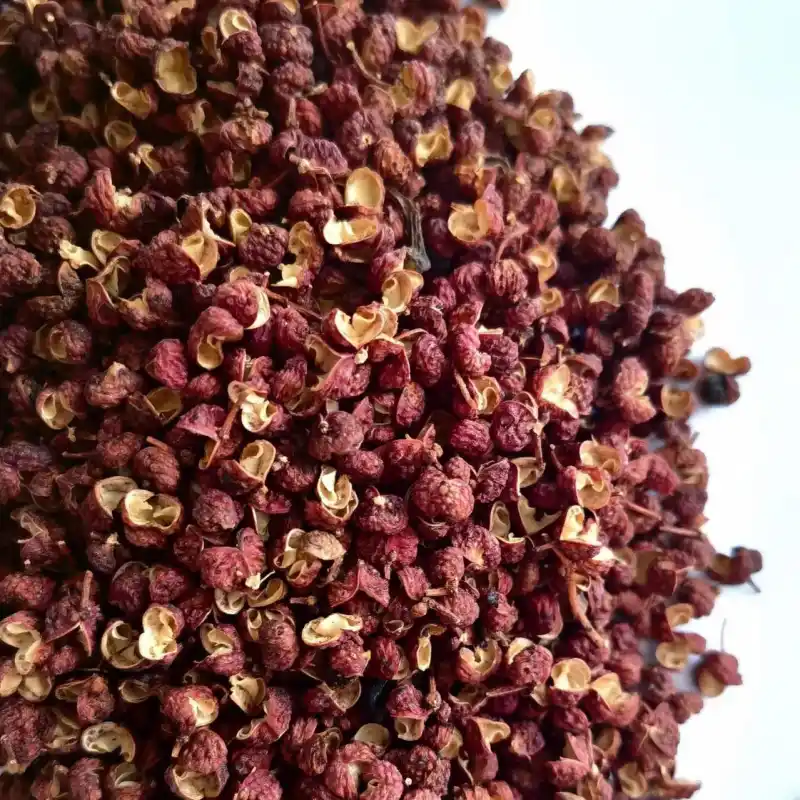

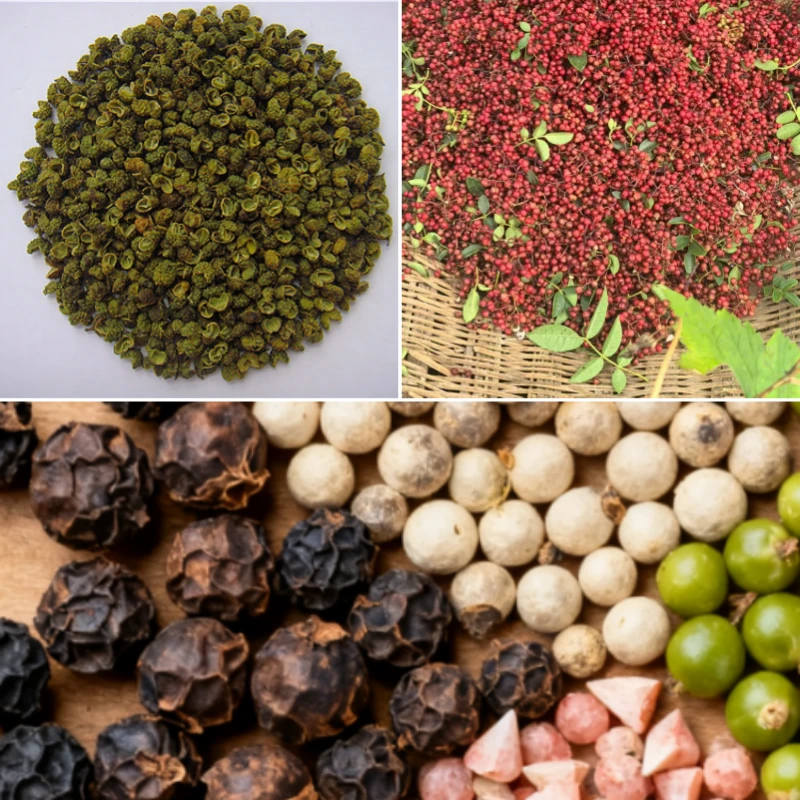
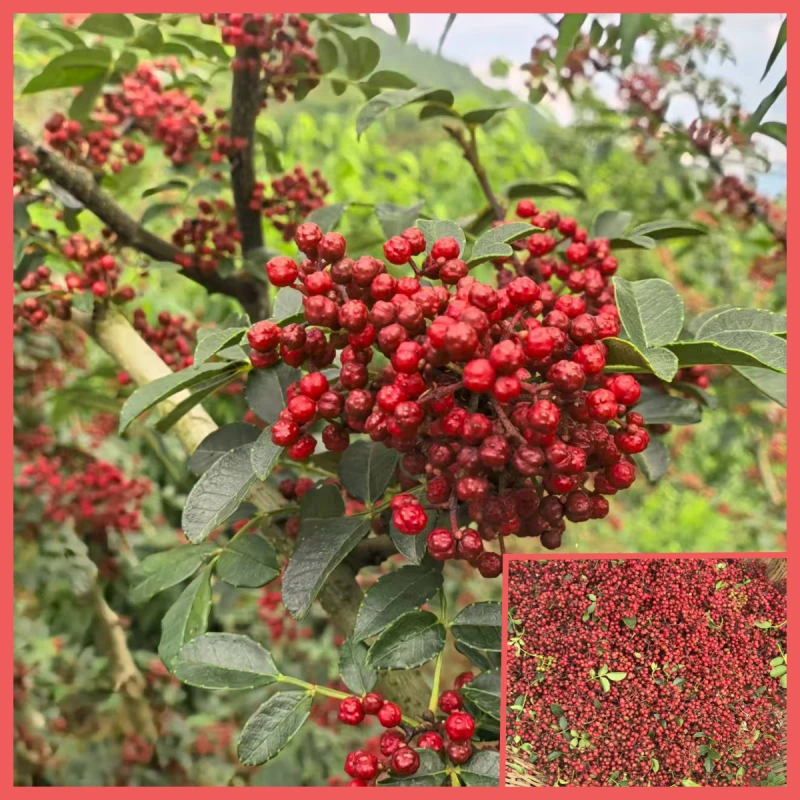
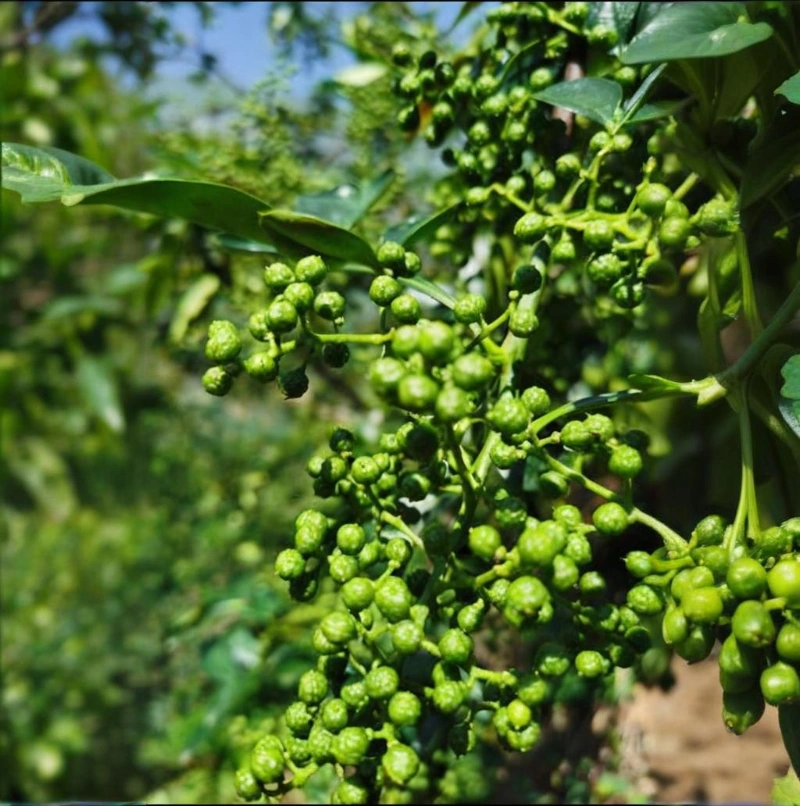
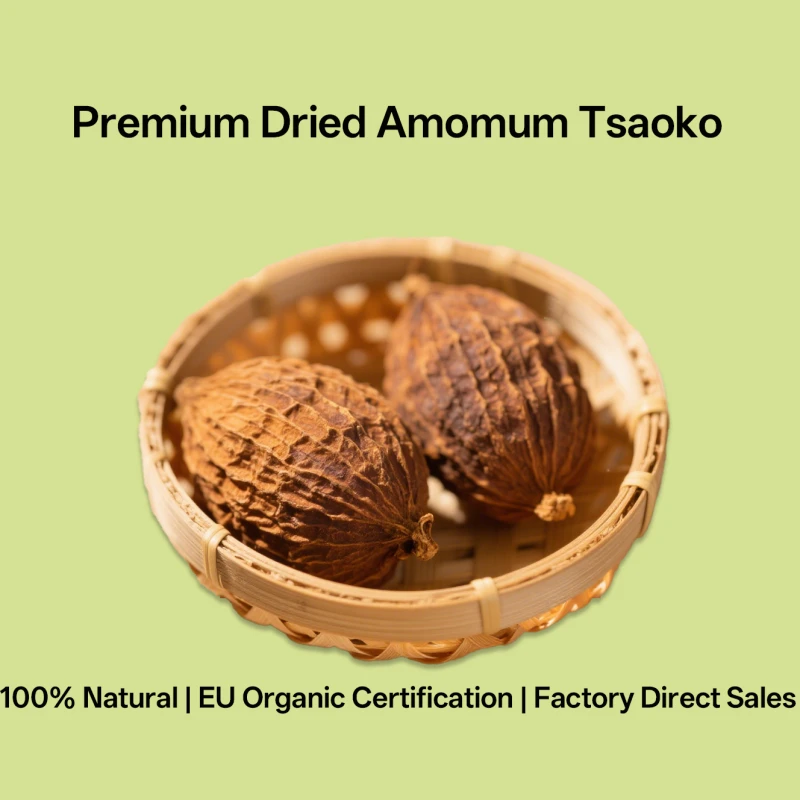
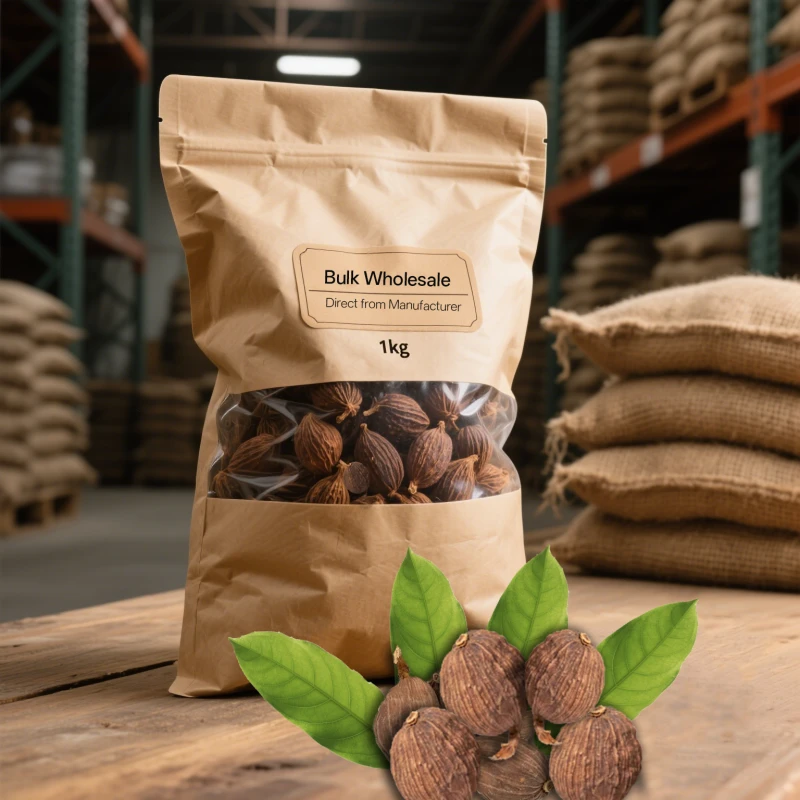
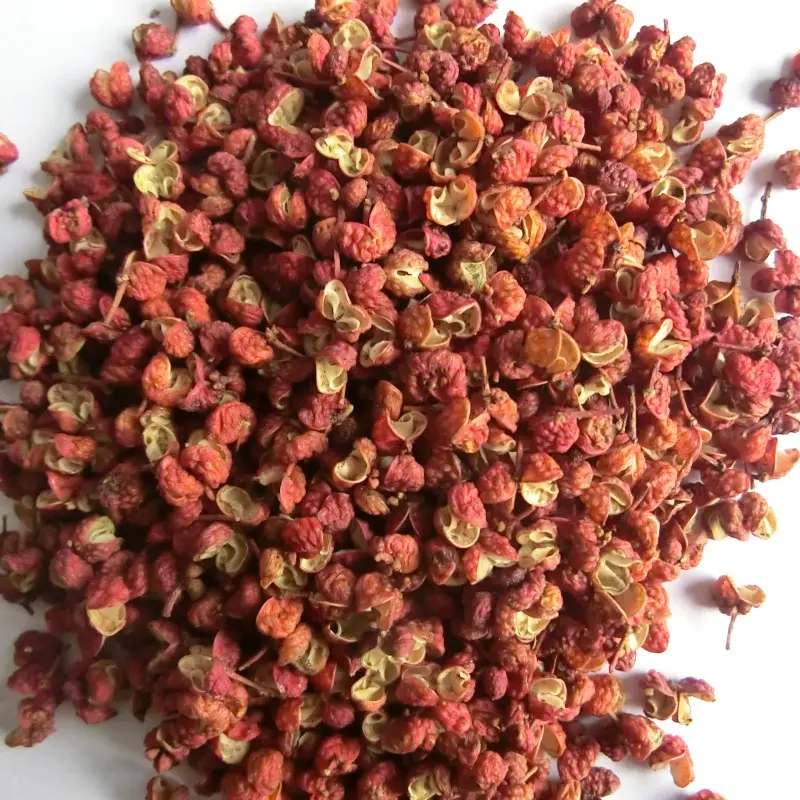
811.webp)
